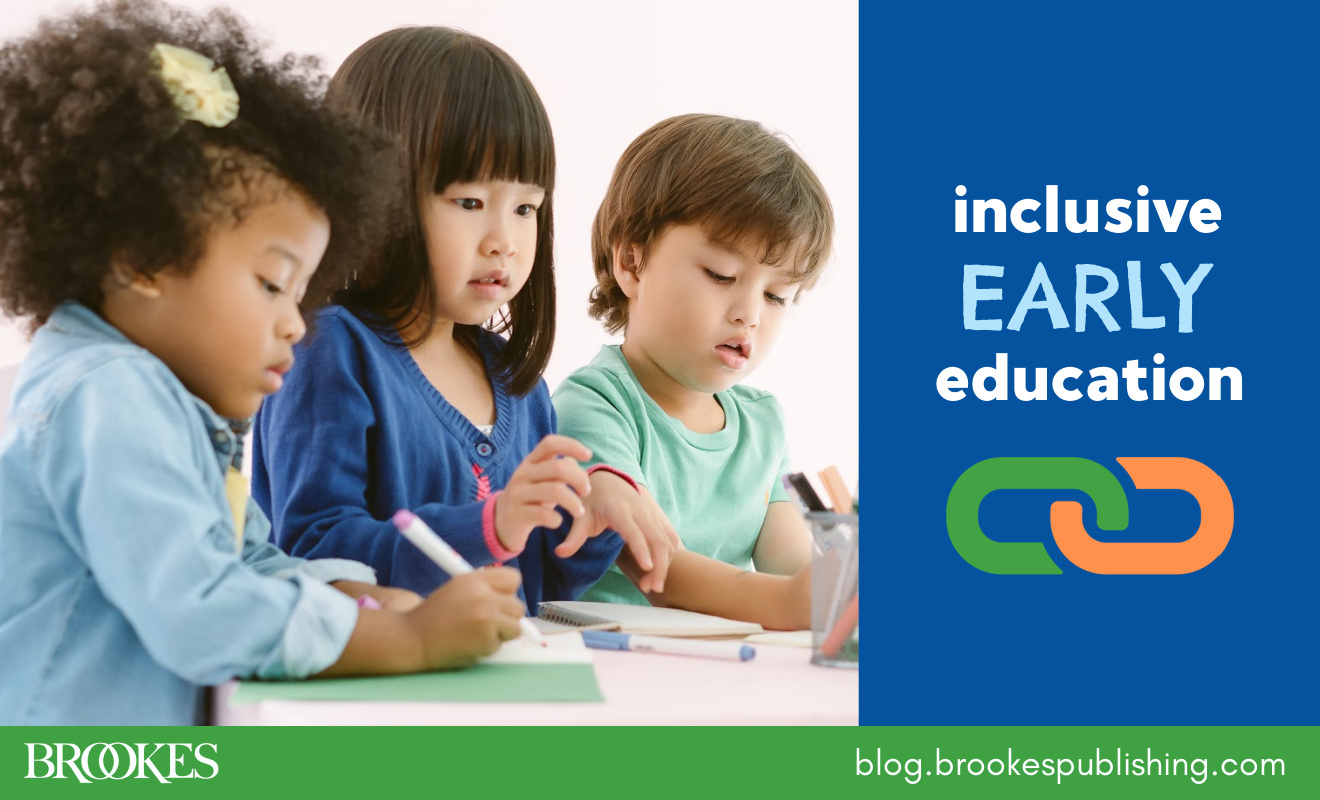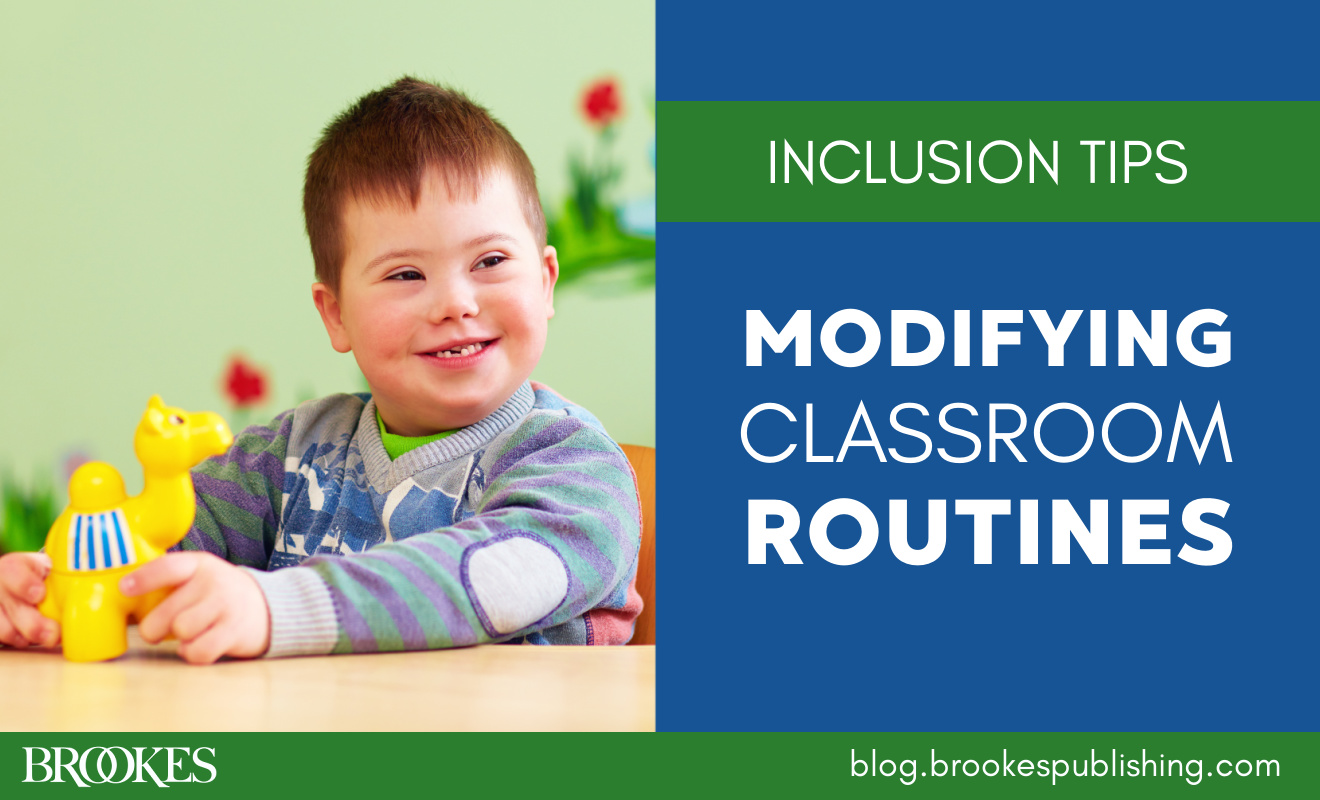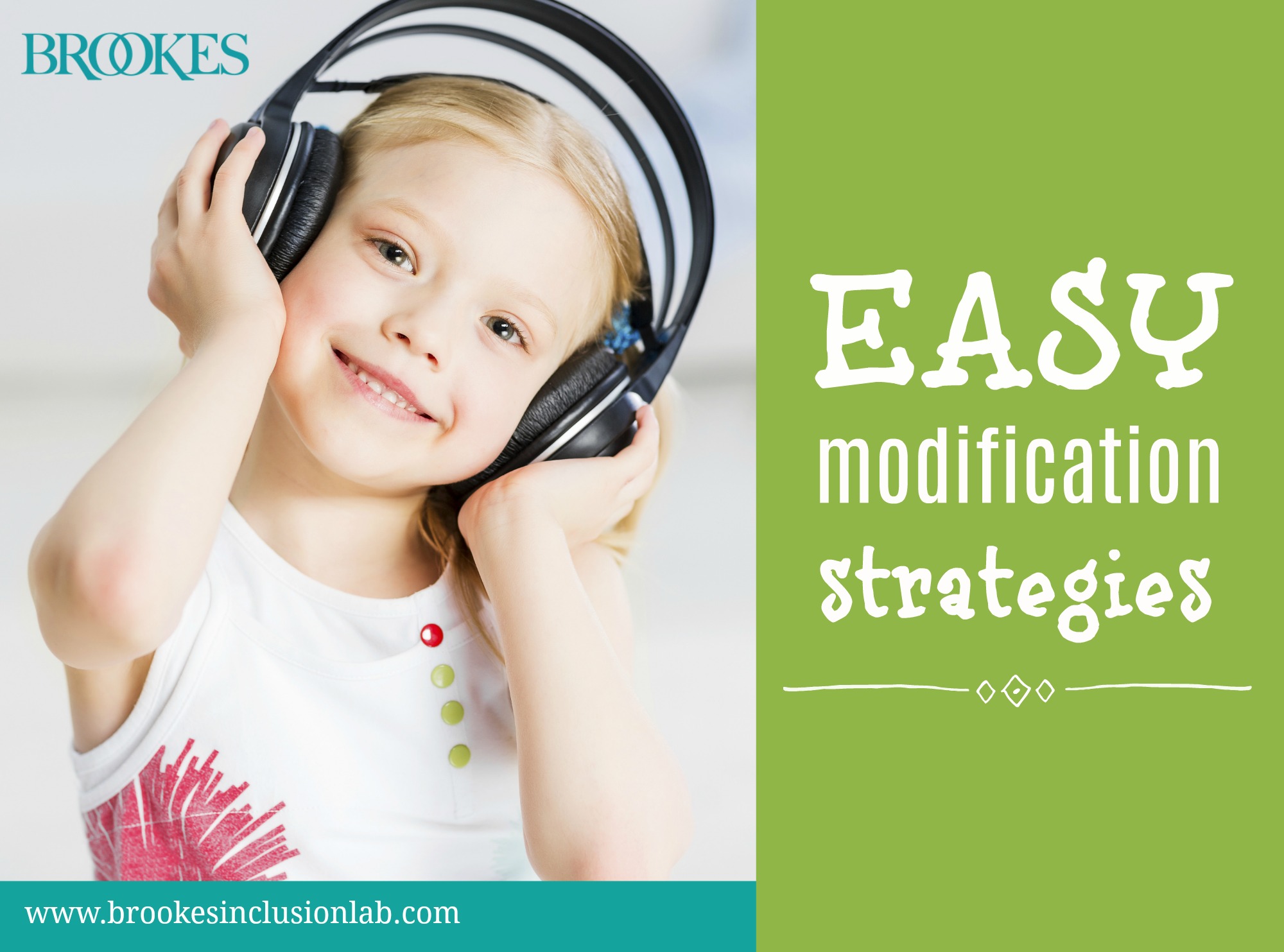Inclusive Early Ed: 15 Practices that Support Every Child’s Success
May 14, 2024
 In an inclusive early childhood classroom, how can you be sure that all young children successfully participate in daily activities and learn expected behaviors? Today’s post gives you 15 tips you can use to structure your classroom environment, routines, and activities for success. Excerpted and adapted from the fourth edition of Building Blocks for Teaching Young Children in Inclusive Settings, these techniques can help you ensure that every child fully participates in your classroom and learns important social and early academic skills.
In an inclusive early childhood classroom, how can you be sure that all young children successfully participate in daily activities and learn expected behaviors? Today’s post gives you 15 tips you can use to structure your classroom environment, routines, and activities for success. Excerpted and adapted from the fourth edition of Building Blocks for Teaching Young Children in Inclusive Settings, these techniques can help you ensure that every child fully participates in your classroom and learns important social and early academic skills.
Ensure a balance between child-directed and adult-directed activities. Provide opportunities for children to have autonomy and make authentic choices.
Design a variety of areas in the classroom that are easily viewed and have boundaries. The teacher should be able to view the entire classroom. The children should be able to recognize the boundaries of the learning areas.
Make sure materials are organized and in good working order before children arrive. Materials should be interesting and culturally relevant to the children, organized, and easily accessible.
Offer activities that provide many ways for children to respond. Use Universal Design for Learning (UDL) to provide a variety of ways for children to participate, demonstrate their understanding, and engage with materials.
Create a clear and consistent schedule. Have a visual schedule that is easily understood by children and reference it during transitions and throughout the day.
Use staff schedules. Display and use a schedule for the adults that shows them where they should be and what they should be doing.
Support participation in activities. Use a variety of ways to help children join activities and sustain participation. Provide a variety of interesting materials to entice children to the activity.
Have high expectations for everyone. With intentional planning, you can help all children participate and learn new skills and concepts. Use your curriculum to plan meaningful activities, implementing modifications for children who need them.
Be consistent. Children need consistency to feel safe and secure. All adults should provide consistent expectations and responses, across all activities.
Give positive, clear directions. Positively state directions, using clear, concise language (e.g., “use walking feet” vs “no running”). Break down more complex directions into shorter ones.
When children are participating, provide feedback on their performance and efforts. Feedback should be often, sincere, authentic, and behavior-specific.
Teach children your expectations for their behavior during transitions. Be specific in teaching children what to do during transition times, using modeling, visuals, or even puppets.
Use pictures or other salient cues. Some children have difficulty following verbal directions, so add pictures or other cues to illustrate what children should do during the transition or what is coming next.
Begin the activity when a few children are ready. If the activity is interesting and enticing, the other children will join, and those who made the transition quickly will not need to wait.
When in doubt, teach the routine. If children are still having difficulty with making a transition, teach them—specifically and systematically—what to do and what you expect during the transition. Use lots of feedback to celebrate success!
Want more practical guidance on teaching all young children in inclusive settings? Be sure to check out the new edition of Building Blocks—enhanced with new content, new topics, and more tools for planning effective instruction.




Write a Comment
Your email address will not be published. Required fields are marked *
Post a Comment